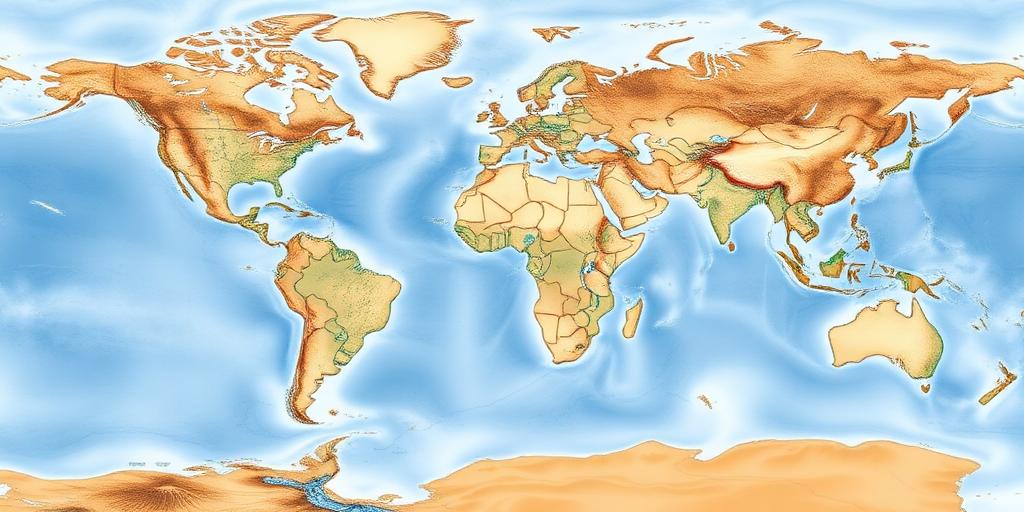The Geopolitics of Water Resources: A Primer
Water, often taken for granted, is emerging as a critical factor in international relations and geopolitical stability. Its scarcity and uneven distribution across the globe are creating tensions, disputes, and even conflicts. This article explores the complex interplay between water resources and geopolitics, shedding light on the key issues, regions of concern, and potential future scenarios.
The Growing Water Crisis
The world's population is growing, and with it, the demand for freshwater. Agriculture, industry, and domestic use are all placing increasing strain on available resources. Climate change exacerbates the problem, leading to droughts, floods, and unpredictable weather patterns. These factors combine to create a water crisis in many parts of the world.
Key Issues in Water Geopolitics
- Transboundary Water Resources: Many of the world's major rivers and aquifers cross international borders. This creates the potential for disputes over water allocation, dam construction, and pollution.
- Water Scarcity and Conflict: In regions where water is scarce, competition for resources can lead to conflict between communities, regions, and even states. This is particularly true in areas already experiencing political instability.
- Water as a Tool of Power: Control over water resources can be used as a tool of political and economic power. Upstream states can exert influence over downstream states by controlling the flow of water.
- Water and Food Security: Water is essential for agriculture. Water scarcity can threaten food production and lead to food insecurity, which can further exacerbate political instability.
- Climate Change Impacts: Climate change is altering precipitation patterns, leading to more frequent and severe droughts and floods. This is placing additional strain on water resources and increasing the risk of conflict.
Regions of Concern
Several regions around the world are particularly vulnerable to water-related conflicts:
- The Middle East: The Middle East is one of the most water-scarce regions in the world. The Nile, Jordan, and Tigris-Euphrates rivers are all sources of potential conflict.
- Africa: Many African countries are facing water scarcity and are heavily dependent on transboundary water resources. The Nile, Niger, and Zambezi rivers are all potential flashpoints.
- South Asia: South Asia is home to a large and growing population and is heavily dependent on agriculture. The Indus, Ganges, and Brahmaputra rivers are all sources of potential conflict between India, Pakistan, and Bangladesh.
- Central Asia: Central Asia is facing water scarcity due to climate change and unsustainable water management practices. The Aral Sea basin is a particularly vulnerable area.
Potential Future Scenarios
The future of water geopolitics is uncertain, but several potential scenarios are possible:
- Increased Cooperation: States could choose to cooperate on water management, sharing resources and developing joint solutions to water scarcity.
- Escalating Conflict: Competition for water could lead to increased tensions and even conflict between states.
- Technological Solutions: New technologies, such as desalination and water recycling, could help to alleviate water scarcity and reduce the risk of conflict.
- Water Wars: In the most extreme scenario, water scarcity could lead to outright "water wars" between states.
Conclusion
The geopolitics of water resources is a complex and evolving issue. Water scarcity is a growing problem that is already creating tensions and disputes around the world. The future of water geopolitics will depend on how states choose to manage their water resources and whether they are willing to cooperate to find solutions to this shared challenge. Understanding these dynamics is crucial for policymakers, researchers, and anyone concerned about global security and sustainability.









